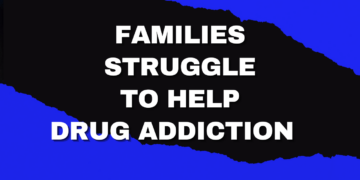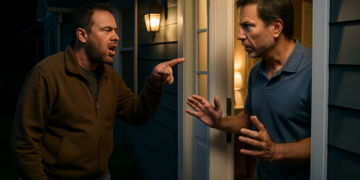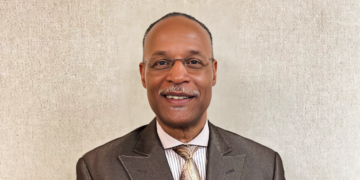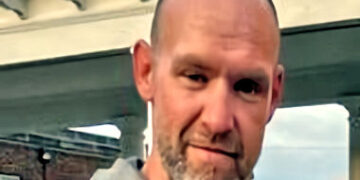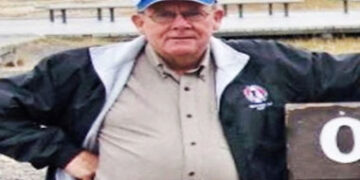Ohio’s social work terrain is shifting fast, thanks to the growing popularity of one‑year advanced standing MSW tracks. These programs are tailored for students who already hold a Bachelor of Social Work from a CSWE-accredited institution. Instead of the usual 60-credit, two-year curriculum, you complete a condensed 30 to 36-credit version across two semesters and a summer term. That means finishing in just about twelve months. In a state like Ohio, where healthcare social work jobs are projected to grow by approximately 16% in the coming years, this accelerated pathway directly responds to a pressing workforce need.
Mental health and substance abuse social workers are also in particularly high demand, with Ohio ranking among the top states for employment in those areas. If you’re someone eager to enter the field quickly and make a difference where it’s urgently needed, this kind of program allows you to do just that. You don’t waste time in entry-level review—you start with advanced, clinical-level material and immediately begin applying it in real-world practice.
What You’ll Study and Achieve in Twelve Months
Once you’re admitted into the one-year advanced standing MSW in Ohio track, the learning experience is compact but substantial; the program skips over generalist content and instead launches you directly into specialized training. Courses often include advanced psychosocial assessment, evidence-informed therapeutic methods and deep dives into social justice, advocacy and policy analysis. If you’re working toward clinical licensure, these courses are designed to prepare you thoroughly for that path. You’ll also take research and evaluation courses that help you develop data literacy skills, which are increasingly vital in today’s outcome-driven service models.
Alongside coursework, you’ll complete approximately 560 hours of field practicum. These aren’t passive observational hours—these are immersive placements in healthcare centers, public agencies or nonprofit organizations. What you learn in class each week is directly reinforced by what you’re doing in the field. By the end of the year, you’ll have built a professional portfolio of experience and academic work that positions you for licensing exams and immediate entry into demanding roles across Ohio’s social services landscape.
Ohio’s Social Service System Feels the Effect
The ripple effects of graduating more social workers in just one year are already being felt across the state. Agencies in areas like behavioral health, child welfare, school systems and healthcare are in urgent need of qualified professionals who can step into frontline roles. By supplying the workforce more quickly, the one-year MSW pipeline reduces strain on agencies where burnout and turnover have long been chronic issues. Graduates from these fast-track programs enter the field earlier and are often better prepared for clinical roles, thanks to the focused nature of their training.
This has real consequences for the communities they serve: shorter waitlists for counseling, more consistent case management and faster crisis intervention are all outcomes tied to increased staffing. The effects go beyond filling jobs; graduates can begin taking on supervisory responsibilities or participating in policy discussions earlier than those from traditional two-year paths. Their presence helps stabilize teams and supports more effective, culturally responsive service delivery across both rural and urban regions of the state.
Things to Consider if You’re Thinking of This Path
While the benefits are substantial, it’s important to understand that a one-year MSW isn’t a shortcut in terms of effort. This is a full academic and professional workload compressed into a shorter timeline. You’ll be balancing a heavy course load while logging field hours and possibly juggling personal or professional responsibilities. That demands discipline and strong time-management skills. Financially, these programs can be cost-effective, as you’ll typically pay for fewer credit hours and spend less time out of the workforce.
However, it’s worth checking in advance if your scholarship options, financial aid eligibility or employer tuition support align with an accelerated timeline. If you’re aiming for licensure in Ohio, you’ll still need to complete 3,000 hours of supervised post-graduate practice, which generally takes about two years. The advantage is that you begin this process earlier. For the right candidate—someone organized, motivated and ready to engage deeply—this track is both manageable and rewarding. It allows you to begin your career sooner, without sacrificing the depth or rigor of your training.
You, the Catalyst for Positive Change in Ohio
Choosing the accelerated MSW pathway in Ohio is more than an academic decision—it’s a way to insert yourself into a system in real need of new energy and leadership. With this route, you don’t wait two years to begin making an impact. You could be supporting at-risk youth, helping families navigate mental health systems or advocating for elder care access within a few months of starting your program. That early entry into the profession gives you a chance to shape agency culture, join interdisciplinary teams and influence real-world outcomes much sooner than your traditionally trained peers.
The state benefits too: rural counties see faster coverage in areas with provider shortages. Urban centers gain professionals who understand community-level dynamics. Moreover, across the board, the social services infrastructure gets stronger and more resilient. If you’re someone who wants to lead, build and support (rather than watch from the sidelines), this pathway offers a direct route to doing so. In twelve months, you can move from preparation to participation, from intent to action and from learning to lasting change.
Key Takeaways
- Ohio’s social work sector is growing. Employment is projected to rise 7% from 2022–2032, adding about 300 new roles annually across generalist and specialized areas.
- Specialized social work roles are in high demand. Nationally, healthcare social work is projected to grow 14% and mental health/substance abuse roles by 11% through 2031.
- Ohio’s provider availability remains tight. The state had 349 mental health providers per 100,000 residents in 2024, with demand rising over 350% since 2013.
- Advanced MSW grads enter the field faster. With 560 practicum hours completed in one year, graduates begin the 3,000-hour LISW track earlier, helping ease workforce shortages.

